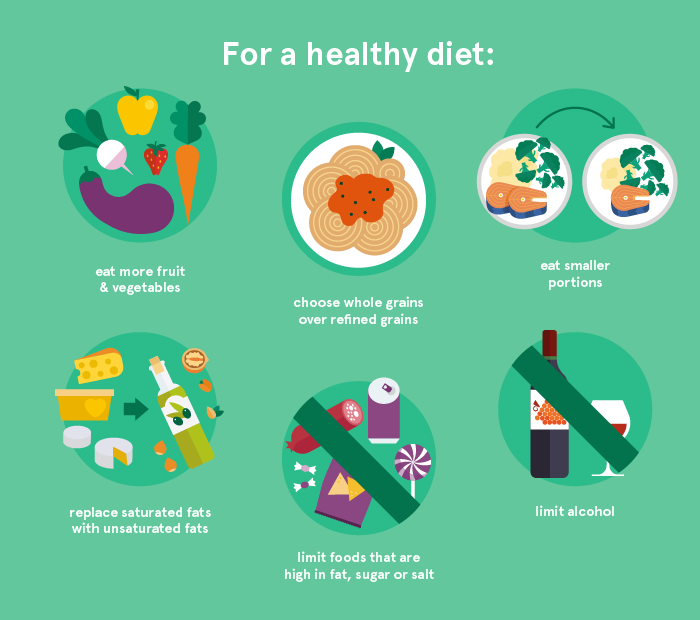To eat or not to eat
Black truffle, matsutake and chanterelles (some kinds of mushroom) are of high economic value and you may heard of the beneficial health effects like prevention of chronic conditions in these edible mushrooms.
If you encounter some mushrooms in the wild, will you eat it?
Probably not because you recall the reminders from your mum saying that some mushrooms are toxic. It may not be the case considering the fact that only about 1% of the world’s known mushrooms are dangerous to eat. However, there is no general guidelines for distinguishing the poisonous species from the edible ones. If you are not totally sure, listen to your mum, just leave the mushroom alone and get the edible ones in the supermarket.
What is mushroom and is it a functional food then?
Nutritional value
Mushrooms are rich in high-quality protein, various vitamins and minerals including phosphorus and iron. They contain a high level of dietary fiber but are low in energy. It is considered as a suitable vegetable for daily consumption.
When we talk about vegetables and dietary fibers, mushrooms may not be the first thing that comes to your mind. In fact, all fungal cell walls contain non-starch polysaccharides which are classified as dietary fiber. There is a large variation in the total dietary fiber content in different species. In general, mushrooms are a good source of dietary fiber. 100g of fresh mushrooms provide 10-40% of recommended daily intake of dietary fiber. It mainly contributes insoluble dietary fiber, making your fecal bulky to stimulate the GI tract movement and a lower level of soluble dietary fiber, slowing digestion and the absorption of nutrients, thus attenuating blood cholesterol and glucose levels.
Health benefits beyond providing nutrition
– Antioxidants in mushrooms
Different research on different types of mushrooms from different countries consistently demonstrated that edible mushrooms contains the antioxidants activity like free-radical scavenging and metal-chelating activities. It is recently reported that the phenolics inside the mushrooms are the key to inhibit lipid oxidation, thus providing the antioxidative properties.
– Cholesterol-lowering effect
Some studies show that Lentinula (shiitake mushroom) can lower the blood pressure and the free cholesterol level in plasma and some studies have shown similar hypolipidemic effects in some common edible mushrooms.
– Hypoglycemic effect
Edible mushrooms are regarded as the ideal food for prevention of diabetes thanks to its high dietary fiber content, high-quality protein, and low fat content. Various studies show that diabetic mice with orally intake of whole mushrooms and their fruiting bodies have a significant effect in reducing the level of plasma glucose. However, the beneficial effects on humans are still under investigation.
– Cancer prevention effect
The studies in the anticarcinogenic properties are in progress and still debatable. The mechanisms of antitumor action of polysaccharides in mushrooms are generally thought to be due to the enhancement and modulation of immune system. It has also been documented to possess direct cytotoxic effects on cancer cells.
Having known the good side of mushrooms, are they good for everyone, though?
Beta-glucans in mushrooms has a stimulating effect on immune functions, it is generally safe for most individuals but may be a risk for people with autoimmune disease such as rheumatoid arthritis, lupus, asthma and multiple sclerosis. If you are not feeling well after consuming mushrooms, it’s better to seek doctor’s advice.
Conclusion
Tasty mushrooms are not a ‘real’ medicine but a functional food with high nutritional values. There are slight differences in terms of nutritional composition and health benefits between different species of edible mushrooms. Instead of trying to know and remembering specifically which type of mushrooms may have what kind of effect, it’s way easier to remember the rule of thumbs, to consume mushrooms with variety, for the sake of health and not getting bored! Bear in mind that no single food can cure a disease. Having a balanced diet is the key to physical and mental health!
Reference:
Khatun, S., Islam, A., Cakilcioglu, U. and Chatterjee, N. C. (2012). Research on Mushroom as a Potential Source of Nutraceuticals: A Review on Indian Perspective. American Journal of Experimental Agriculture, 2(1): 47-73
Bashir, A., Vaida, N. and Dar, M. A. (2014). Medicinal Importance of mushrooms – A review. International Journal of Advanced Research, 2(12): 1-4
Crisan, E. V. and Sands, A. (1978). Nutritional values. In The Biology and Cultivation of Edible Mushrooms. Chang, S. T. and Hayes, W. A., editors. New York: Academic, pp. 137 – 168.
American Association of Cereal Chemists (AACC) (2001). The definition of dietary fiber. Cereal Foods World, 46, 112–126.
Manzi, P., Aguzzi, A., and Pizzoferrato, L. (2001). Nutritional value of mushrooms widely consumed in Italy. Food Chemistry, 73, 321–325
Lo, K. M. and Cheung, P. C. K. (2005). Antioxidant activity of extracts from the fruiting bodies of Agrocybe aegerita var. alba. Food Chemistry, 89, 533–539.
Kabir, Y. and Kimura, S. (1989). Dietary mushrooms reduce blood pressure in sponta-neously hypertensive rats. Journal of Nutritional Science and Vitaminology, 35, 91–94.
Cheung, P.C.K. (2008). Mushrooms as functional foods.








